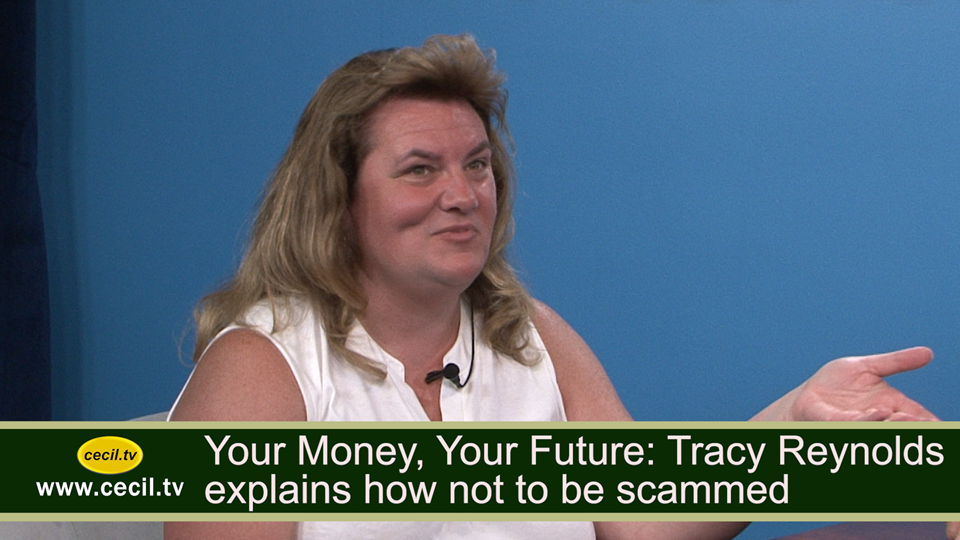July 9th, 2025

Your Money, Your Future: Tracy Reynolds explains how not to be scammed
Addition tip: In suspicious texts, examine the URL in any link contained in the message. Check the domain name closely. The easiest way to tell that you’re on a fake website is when the domain name doesn’t match the official website for the company. For example, scammers often use domain names that are similar to — or even contain — the official URL within the fake domain name.
Here are a few examples of how scammers spoof website domains:
BankoffAmerica.com (adding an extra “f”)
Paypal.com.secure-site.com (in this case, the domain name is actually “secure-site.com” not “paypal.com”)
WaImart.com (using a capital “i” instead of a lower case “l”)
Netflix-support.net (combining a spoofed domain with a different domain extension)
Delivery.ips.com (adding “delivery” to the URL in hopes that you won’t notice they’ve spelled “UPS” as “IPS”)



